Closing the Digital Learning Gap
Digital Promise
JANUARY 8, 2019
Entrepreneurs are building on this knowledge to build breakthrough innovations that improve learning. Still, huge gaps exist in educational outcomes, high school graduation rates, college readiness and workforce advancements based on race, class, and geography. These present as follows: 1. school and library to the internet.






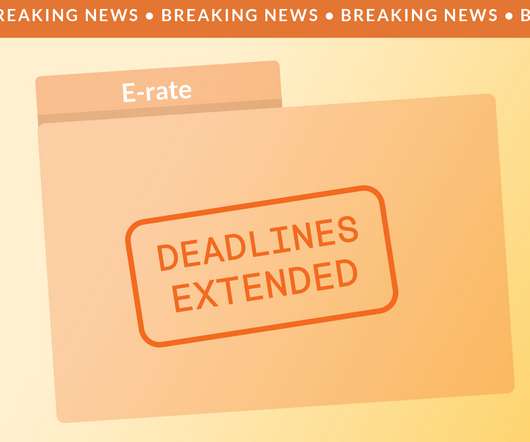

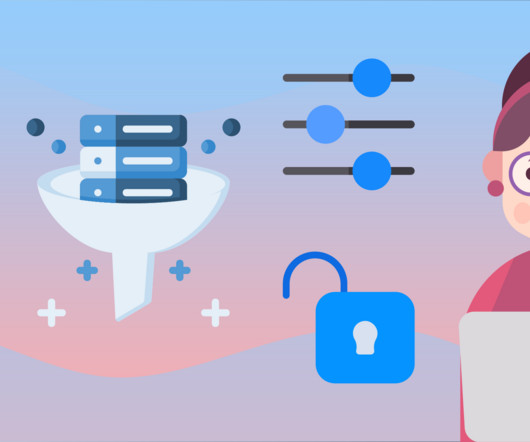
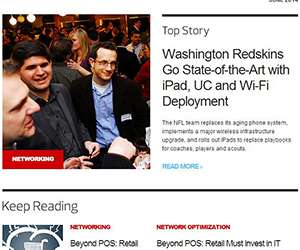

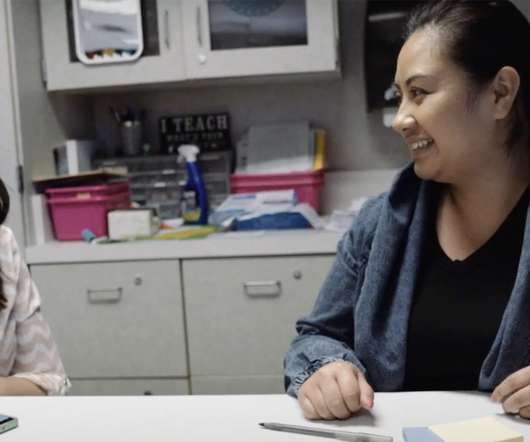









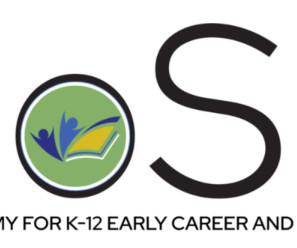








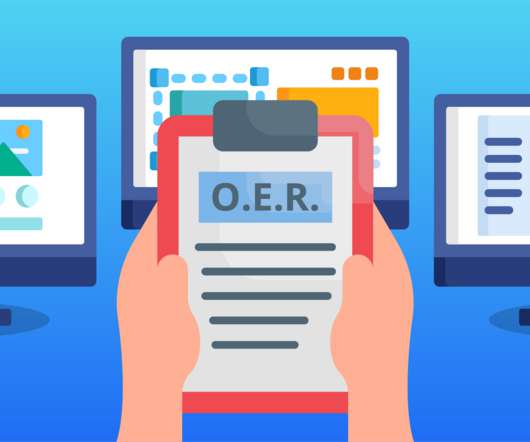













Let's personalize your content